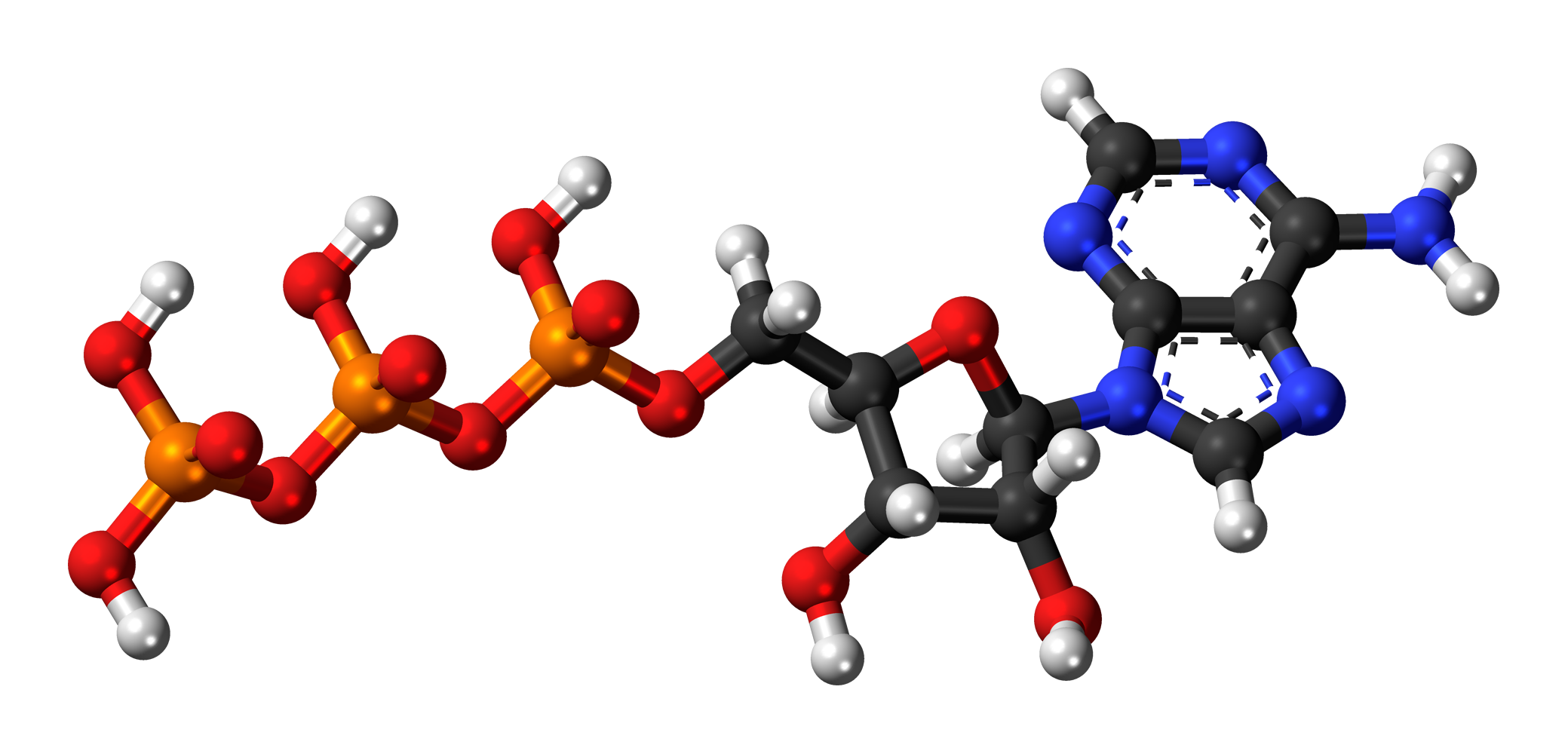When most people think of aging, the first thing that jumps into their minds is the aging of the integumentary system - the hair, skin and nails. While most people don't want to see themselves physically fall apart, and the amount of pressure to erase or embrace
wrinkles is roughly equal, methods of managing
skin aging are usually just that, managing, i.e. treating it as a cosmetic issue. What skin (plus hair and nail) aging really is, however, is a visible sign of connective tissue breakdown throughout the body. Connective tissue provides support to epithelial tissue (such as the outer layers of skin), and certain proteins, especially keratin and collagen, are integral to its integrity.
For many, the most logical solution to keratin loss is to replace it. However, many keratin preparations are made from heavily processed animal parts such as horns and feathers, and so have no biological activity. Scientists have recently developed solublised forms of keratin, which are bioactive and digestible, and include the necessary sulphur-containing amino acids (
J Biomed Mater Res A).
It sounds great, but is it proven? In 2010, a study was released showing the effect of a supplement containing 500mg of solublised keratin, zinc, copper, and vitamins B3, B6 and B7 (biotin). The hair shafts were visibly healed when looking under a microscope, the number of hairs lost during washing was reduced by 30% and the hair strength increased by 12% (Farcoderm). In another, published in 2014, found that the same formulation was effective in improving the health of hair and nails (
Scientific-WorldJournal). After 90 days, there was a 47% subjective improvement in hair appearance, a 5.9% improvement in hair strength, a 9.2% increase in hair follicles in the growth phase, and a 47% reduction in the number of hairs that could be removed in a hair-pull test. All four amino acids tested were found to be increased significantly after the 90 day test period. As for nail health, participants in the supplement group showed an 87.5% improvement in nail breakage, a 50% improvement in hardness, a 54% increased resistance to bending and breaking and a 37.5% improvement in nail smoothness. Keratin has also been found to improve skin appearance. This same formula improved skin elasticity by 16.8%, improved smoothness by 17% and reduced roughness by 9% (
Int J Cosmet Sci).
Unfortunately, as a patented formula, this is most likely to be difficult to access for most people, so I am posting these studies to show how overlooked keratin can be and the other nutrients required to support its production. In student clinic consultations, we always look at the severity of vertical and horizontal ridging as an indicator of protein deficiency. Recently I have noticed an improvement in my own nails as I am recovering from 20 years of eating gluten when I shouldn't have. Keratin has high levels of the amino acid cysteine, which contains the sulphur necessary for strong disulphide (two sulphurs) bonds; this is a similar idea to the non-protein sulphur bridges that stabilise vulcanised rubber. Collagen, perhaps the most well-known connective tissue protein, makes up about 70% of the structural support. Injections and patented supplement formulas are also commercially available to increase collagen levels, but the most important amino acids in collagen are glycine, alanine and proline. As amino acids are widely available from food (they are the building blocks of proteins!), I would say that ensuring sufficient protein intake and absorption is the first priority before supplementation should be considered. They might sound quite simple and old-fashioned, but bone broth and gelatin can be effective in improving health of connective tissue. Bones are connective tissue, just like the dermis of the skin, and also provide glutamine, another amino acid that can heal damage to the intestinal lining, which can affect nutrient absorption. Even with skin aging, sometimes the simpler remedies are the best.

